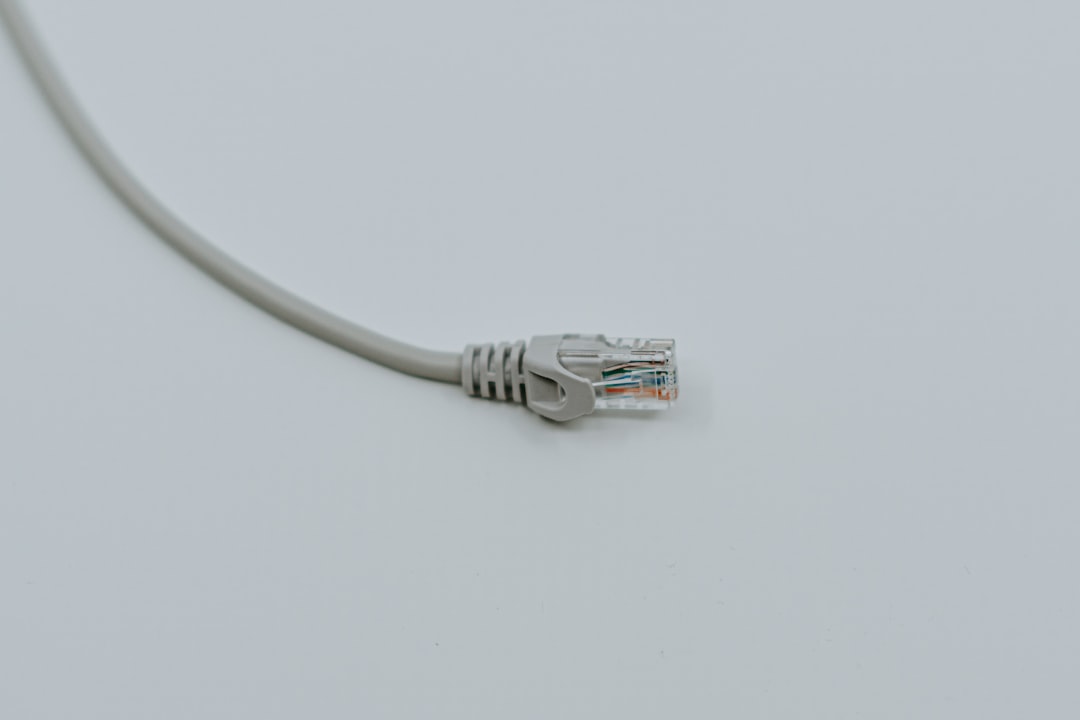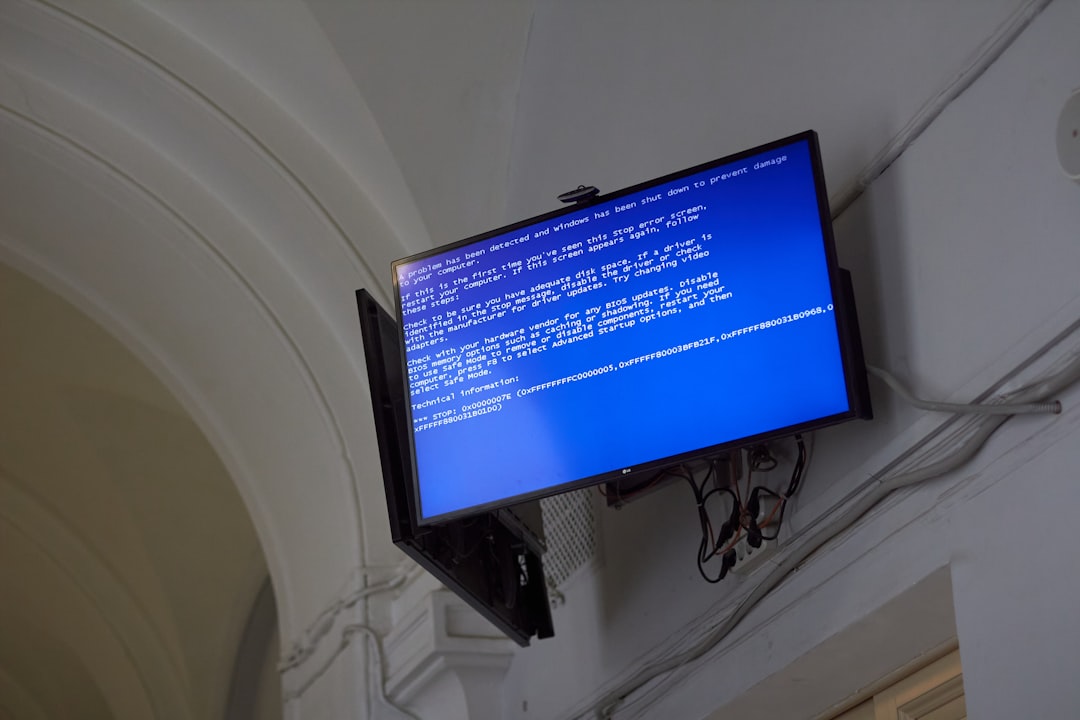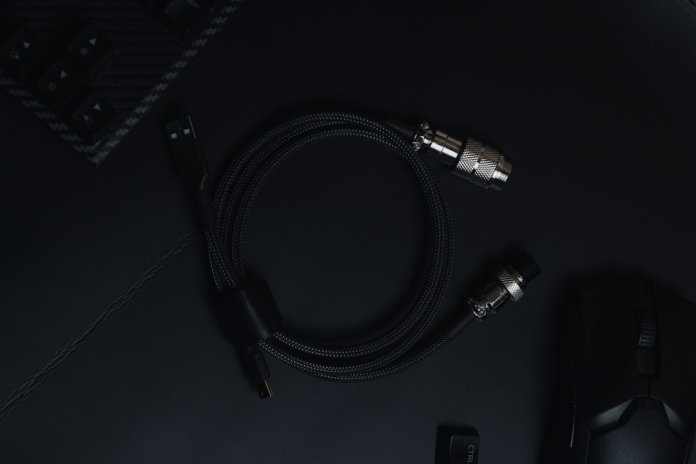The Nintendo Switch is known for its versatility, allowing gamers to play both on the go and on the big screen at home. Most users connect the Switch to their TV using the official dock that comes with the console. However, there are situations when using the dock may not be ideal—perhaps it’s damaged, lost, or simply too bulky to carry around. Fortunately, there are reliable methods to connect your Nintendo Switch to a television without using the official dock. This article explores these alternatives in detail, offering a practical guide for Switch users who want more freedom and convenience.
Why Look for Alternatives to the Official Dock?
Though designed for convenience, the Nintendo Switch dock is not without its drawbacks:
- Size and Portability: The dock can be somewhat bulky for travel purposes.
- Overheating & Screen Scratches: Some users report that the dock causes the console to overheat or scratch the screen.
- Limited Viewing Angle: When docked, the screen becomes completely hidden, making it unusable for local view play.
Fortunately, with the right tools, you can bypass these issues by connecting your Switch directly to a TV in a more compact and economical way.
Tools You’ll Need
Before setting up, you’ll need a few essential items:
- USB-C to HDMI Adapter: This device acts as a bridge to connect your Switch to your TV via HDMI, similar to how the dock functions internally. Ensure it’s Switch-compatible and supports 1080p video output.
- Original Nintendo Switch Power Adapter: Third-party chargers may not provide the power necessary for TV output. Always use the official charger for reliability and safety.
- HDMI Cable: To transmit video and audio from the adapter to your TV.
You may already own some of these items. If not, they are significantly less expensive than replacing a lost or broken dock.

How to Connect the Nintendo Switch to a TV Without the Dock
Follow these simple steps to get your console on the big screen without using the dock:
- Prepare Your Setup: Place your Nintendo Switch on a steady surface near your TV. Ensure adequate airflow to prevent overheating.
- Connect the USB-C Adapter: Insert the USB-C end into the Switch’s charging port.
- Attach the HDMI Cable: Plug one end of the HDMI cable into the adapter and the other end into an HDMI port on your television.
- Connect the Power: Plug the official Nintendo Charger into the USB-C adapter. TV output won’t work unless the Switch is powered by a compatible charger.
- Turn On Your Devices: Power on your TV and Switch. Use your remote to switch to the correct HDMI input. The Nintendo logo and startup screen should appear on the TV.
And just like that, your Switch is set up for big-screen gaming—no official dock necessary!
Tips for a Better Experience
- Use a Stand: To prevent cable strain and maintain good airflow, use a Switch stand to hold the console in place. Some stands are specifically designed to support connections while powering the device.
- Avoid Cheap Chargers: Using unofficial power supplies may cause damage or fail to provide enough current for video output. Always opt for the official AC adapter or high-quality third-party ones that meet Nintendo’s power specifications.
- Cable Management: Keep your cables organized to avoid interfering with gameplay or damaging ports.

Pros and Cons of Not Using the Dock
Here’s a quick comparison of the pros and cons of bypassing the official dock setup:
| Pros | Cons |
|---|---|
| More portable and compact | Setup may be slightly more complex |
| Potentially less expensive | Requires extra gear (adapter, stand, etc.) |
| Prevents screen scratches | May not look as tidy as the docked setup |
Choosing the Right USB-C Adapter
Not all adapters are created equal. When shopping for a USB-C to HDMI adapter for your Nintendo Switch, look for these features:
- HDMI Output Capabilities: Must support 1080p resolution and capable of converting USB-C video signals.
- Power Passthrough Port: A dedicated USB-C port for charging while the adapter is in use.
- Heat Dissipation: Look for adapters with designs that prevent overheating—ventilation holes or aluminum casing help.
Some reputable brands include Genki, RREAKA, and Insignia, all of which offer well-reviewed solutions for Switch TV output.
Conclusion
Connecting your Nintendo Switch to a TV without the official dock is not only possible, but also surprisingly easy with the right accessories. Whether you’re traveling, conserving space, or replacing a malfunctioning dock, these alternatives provide great flexibility without compromising performance. Just be cautious when choosing adapters and always use the original power supply to ensure safety and compatibility.
FAQs
Q: Can any USB-C adapter work with the Nintendo Switch?
A: No. The Nintendo Switch has specific power and video requirements. Only USB-C adapters that are designed for the Switch or meet these requirements will support video output to a TV.
Q: Is there any risk in using third-party accessories?
A: Yes. Some low-quality third-party docks and chargers have caused damage to users’ consoles. Always choose adapters from reputable brands and avoid overly cheap alternatives.
Q: Why doesn’t my adapter display anything on the TV?
A: Make sure you are using the official Nintendo Switch charger and that your HDMI cable and USB-C adapter are properly connected and Switch-compatible. Also, verify your TV is set to the correct HDMI input.
Q: Can I play while charging the Switch in this setup?
A: Yes. As long as your USB-C adapter has a power pass-through and you’re using the original charger, the Switch can play and charge simultaneously.
Q: Will bypassing the dock affect game performance?
A: No. Connecting the Switch through an adapter that supports video output does not impact game performance. It functions the same way as when using the official dock.
